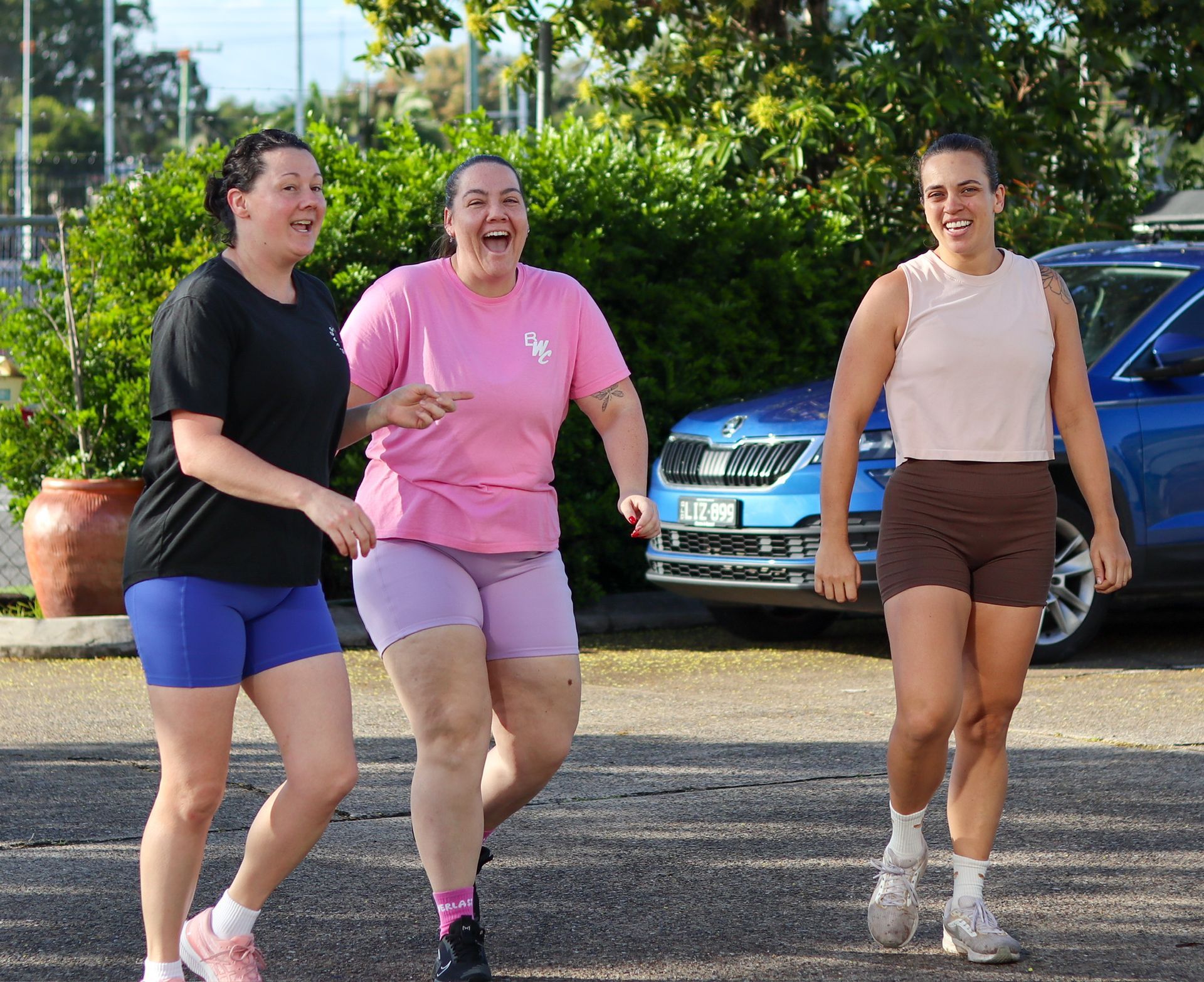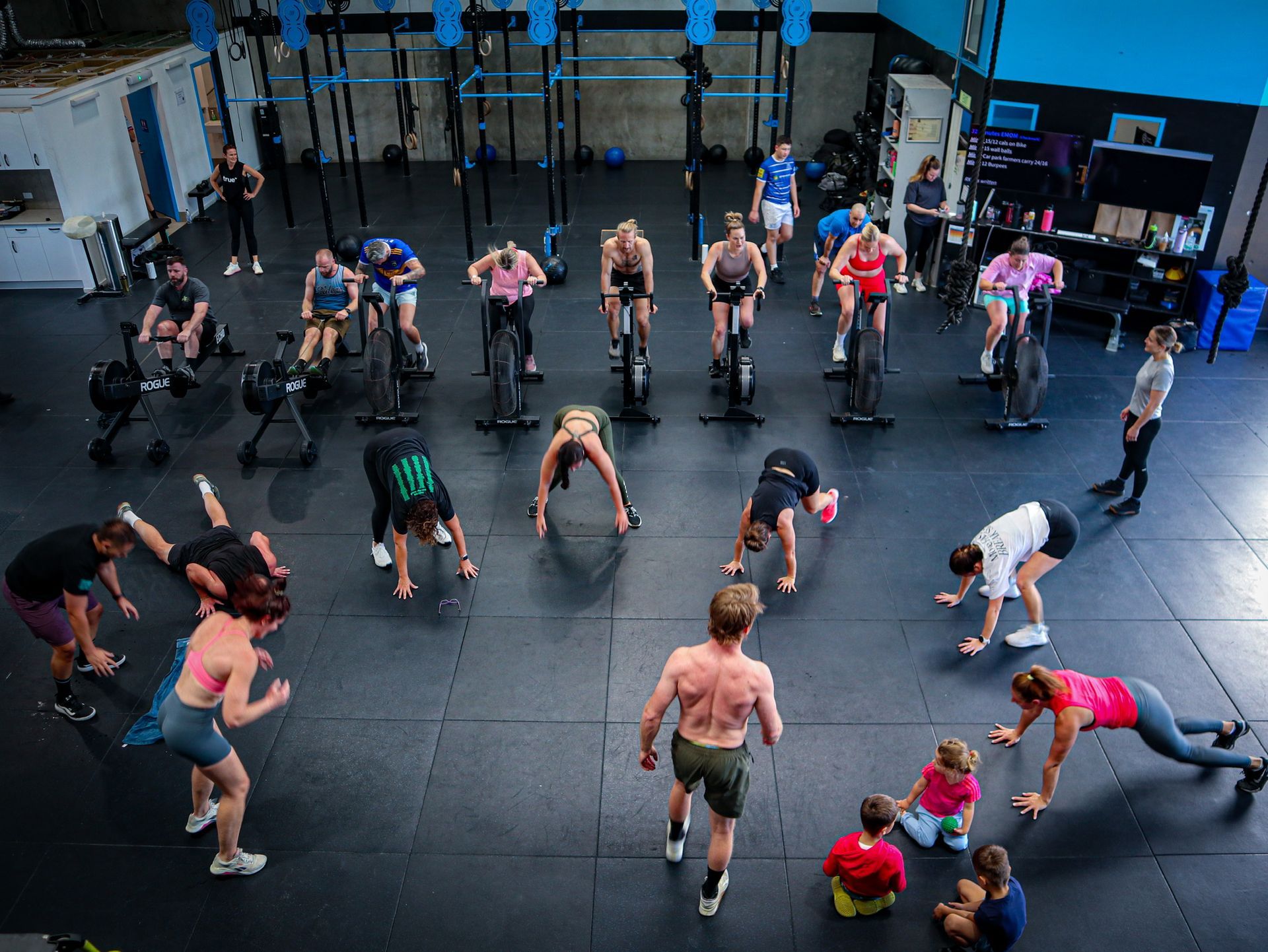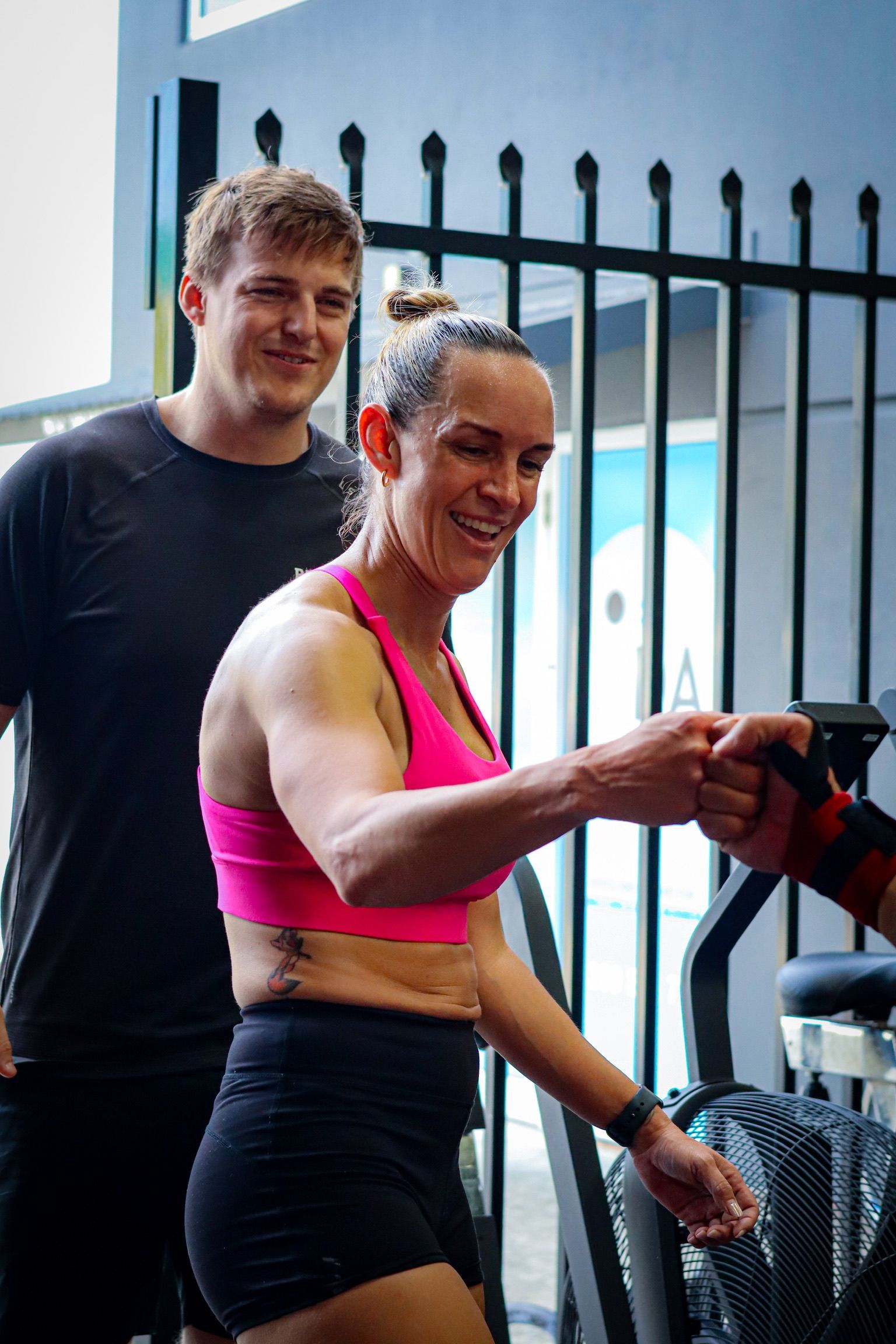Muscle Nerds: Hypertension, The Silent Killer and How The Fitness Industry Can Help
Hypertension is a rather common condition that is given much less importance than it warrants, considering how dangerous it can be. Commonly known as high blood pressure, hypertension is also known as the ‘Silent Killer’ because it is an asymptomatic disease. If the heart is beating too fast, or not beating right, it may cause a heart attack which will further cause many other problems.The Muscle Nerds, Luke Leaman, and Zoe Knight joined Rebuild Health and Fitness, to discuss hypertension and why it is so important to be aware of it.The importance of being awarePeople don’t seem to give hypertension enough importance, Zoe and Luke explain, particularly coaches. It is important enough as a trainee, but even apart from that, if your immediate family members have hypertension, you should be aware of it and get it checked once in a while.Zoe says trainers need to pay special attention to hypertension.“You have so much influence over someone’s blood pressure. You can either drive it to exacerbate it or you can [help] lower it and put them at less risk of morbidity,' she explains. Blood pressure naturally rises as you work out, but if the trainer or the client is not aware of what’s happening to the blood pressure, it can endanger the client. Awareness of hypertension is especially important for those who lift heavy weights. “I saw a guy stroke out doing decline sit-ups,' says Luke. 'He’s doing his sit up and he’s like ‘oh man, I’m getting a migraine, my head hurts.’ And the trainer goes, ‘well, you only have three more reps.’ And [after] a couple more reps, he stroked out. It killed him.”Hypertension and weightliftersWhen you put more pressure on your vascular system, this increases the likelihood of hypertension - if you lift weights above 80% of your max rep.For someone whose blood pressure is already above average, working out way more than their body can handle makes it much worse. That could mean that you could get a stroke very soon or they could go on for a while without anything happening.Hypertension and doctorsTrainers should consistently ask their clients whether they have been cleared by a doctor and whether the client knows they have high blood pressure. However, a doctor can only do so much. About 90% of the time, diagnosed hypertension does not have a discernible cause Zoe explains. 'They just give the patient pills to manage it,' she says.'But people tend to not eat the pills at all because it’s asymptomatic; they have nothing in daily life that affects the high blood pressure. And when they start taking this medication, they have all these side effects - which is why they just stop the medication completely.Doctors also aren't typically trained in lifestyle medicine, which can create additional strain. “They’re not trained in nutrition, they are not trained in training,' says Luke. 'So, it’s going to be up to us, in the field, to actually understand that stuff so we can work with a doctor and help get the patients healthy enough where we can limit some of these side effects, and eventually, the doctor might even take them off the medication because they are regulating it so well.'We need to make a situation where doctors feel comfortable sending their patients to specific trainers who understand what’s going on and they can fill the gap that the doctor doesn’t have the time or knowledge to do, that way they can actually save people’s lives.”Blood pressure in numbersNormal blood pressure, also known as normotension, should be below 120/80 they explain. The perfect blood pressure is 115/75. Hypotension is low blood pressure and is usually below 90/60. Luke states that while men tend to be hypertense, a lot of women tend to be hypotensive. Prehypertension is above 120/80 and below 130/90. It is easy to work with. You just need to add a little bit more potassium-rich food to your diet; eat more plants, and cut some salt. Stage one hypertension is from 130/90 up to 140/90. At this point, it starts to become a point of concern. When you’re 140/90 and above, you’re in the red zone. That’s dangerous and that is when you need to take a break from weights and do a big block of aerobic activity. Once the blood pressure goes over 180/100, they just simply need to go to the doctor as soon as possible. Exercises to manage blood pressureSimply put, the more muscle you utilise in any exercise, the higher it’s going to elevate your blood pressure. The exercise that raises the blood pressure the least is a bicycle.Stretching can be a really good, valuable one because it doesn’t seem to raise blood pressure but it does increase glucose sensitivity. It reduces insulin, increases proper insulin management, and reduces pain (pain can raise blood pressure). Luke says, “there are certain specific ways to do it, and it is imperative to not overdo it. Easy, fun stretches that are not too uncomfortable.” Sodium and PotassiumWhen it comes to managing sodium and potassium intake, Luke says that it is super important to track, especially with new clients. He talks about an app that provides a graph that shows the ratio of sodium and potassium intake of the client. Salt makes a huge difference, so how much you’re putting in your food will affect your sodium levels. Adding potassium-heavy foods to the diet helps reduce sodium intake if that’s required. Using substitutes for salt also improves sodium levels. While most substitutes for salt aren’t really good, Luke says that “one such substitute is seaweed, and that helps in lowering blood pressure. It also pumps up potassium. And it tastes like salt.” Dehydration is also often a big issue. When James asks about it, Luke says, “most of the time, people just don’t drink enough water.” However, if your sodium levels are too low, it can also cause dehydration. The ideal potassium to sodium ratio is 1:1. Up to 4:5 is manageable.For an athlete though, things can be slightly different. If you’re actively training, you’d be sweating out five times the amount of sodium as compared to potassium. Then, it’s worth adding more salt into your diet, as long as you’re tracking your blood pressure and it’s not rising.
Previous Blogs




